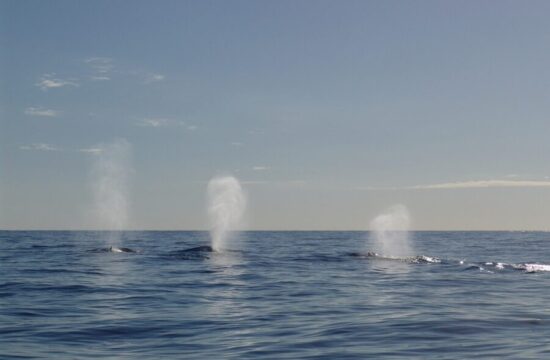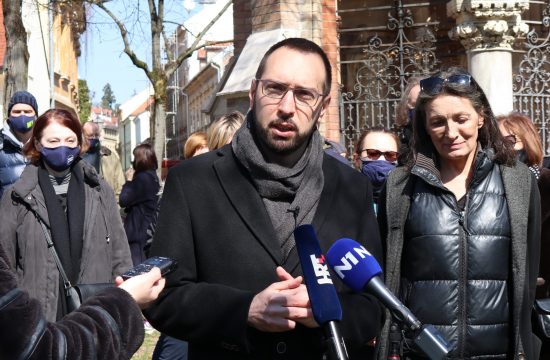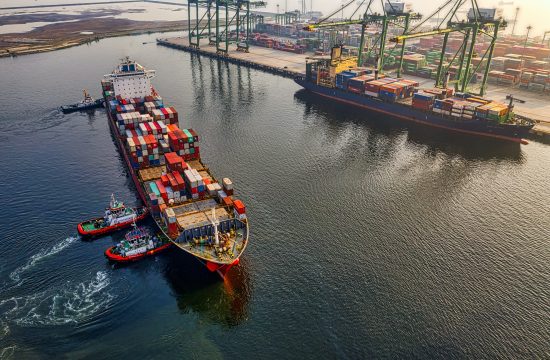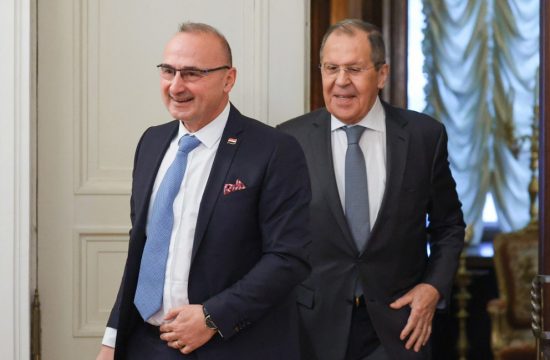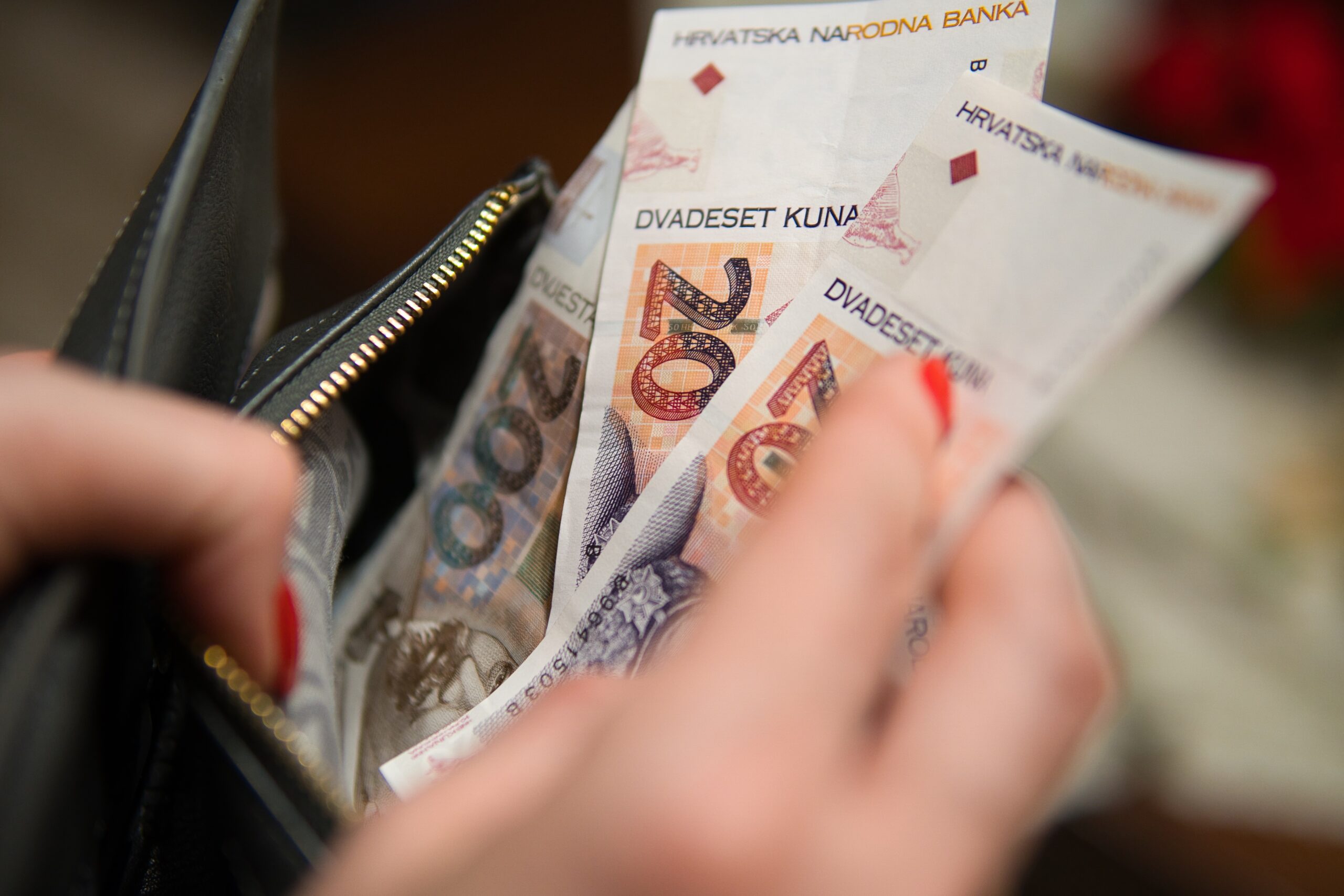
The European Commission released its Autumn Economic Forecast on Friday, projecting Croatia's 2022 GDP growth at 6.0 percent, up from 3.4 percent forecast in its earlier estimates. Growth is now expected to slow down to 1.0 percent in 2023 and 1.7 percent in 2024, while inflation is expected to reach 10.1 percent in 2022 and slow down to 6.5 percent, state news agency Hina said, citing the publicly available report.
The European Commission’s projections are more optimistic than the latest calculations of Croatian government, which projected a growth rate of 5.7 percent in 2002 and 0.7 percent in 2023, with the inflation rate at 10.4 percent this year and 5.7 percent in 2023 in its budget revision adopted earlier this month.
The Commission’s latest figures revised up both the growth rate and the inflation rate for Croatia in 2022. In its Summer Forecast, released in July, the Commission projected Croatia’s GDP growth rate at 3.4 percent and inflation rate at 8.2 percent.
According to the Commission’s latest estimates, Croatia’s GDP growth rate this year will be fourth highest in the European Union, behind Ireland (7.9 percent), Portugal (6.6 percent) and Slovenia (6.2 percent), with Greece expected to post the same growth rate as Croatia.
Croatia’s public-debt-to-GDP ratio is expected to drop from 78.4 percent in 2021 to 70.0 percent in 2022, and continue falling to 67.2 percent in 2023 and to 68 percent in 2024. The general government deficit is forecast at 1.6 percent in 2022, 2.4 percent in 2023 and 2.7 percent in 2024.
The unemployment rate is projected to decline from 7.6 percent in 2021 to 6.3 percent in 2022 and 2023 and to 5.9 percent in 2024. Employment growth is expected to accelerate from 1.2 percent in 2021 to 2.2 percent in 2022 before decelerating to 0.2 percent in 2023 and 0.6 percent in 2024. Last year, investment grew at a rate of 4.7 percent, while this year it is expected to jump by 9.4 percent before slowing down to 2.9 percent in 2023 and 3.2 percent in 2024.
“After a strong first half of the year, the EU economy has now entered a much more challenging phase. The shocks unleashed by Russia’s war of aggression against Ukraine are denting global demand and reinforcing global inflationary pressures. The EU is among the most exposed advanced economies, due to its geographical proximity to the war and heavy reliance on gas imports from Russia. The energy crisis is eroding households’ purchasing power and weighing on production. Economic sentiment has fallen markedly. As a result, although growth in 2022 is set to be better than previously forecast, the outlook for 2023 is significantly weaker for growth and higher for inflation compared to the European Commission’s Summer interim Forecast,” Hina cited the report, published on the European Commission’s website.
The Commission forecast the growth rate for this year at 3.3 percent in the EU27 and 3.2 percent in the euro zone. Next year, economic activity is expected to be “subdued,” with a growth rate of 0.3 percent both in the EU27 and in the euro zone. In 2024, growth expected to pick up to 1.6 percent in the EU27 and 1.5 percent in the euro zone.
The Commission said that inflation has not yet reached its peak, which is expected later this year, and that it will ease next year. The inflation rate is forecast at 9.3 percent in the EU27 and 8.5 percent in the euro area in 2022, at 7 percent in the EU27 and 6.1 percent in the euro zone in 2023, and at 3 percent in the EU27 and 2.6 percent in the euro zone in 2024.

